
NOTICE: 2025 Inventory Counts are starting in EAST CANADA on Tuesday, April 22nd, and in WEST CANADA on Thursday, April 24th. We are resuming normal operations on Thursday, May 1st. To avoid delays, check order cutoff dates: More Details
Recent Posts

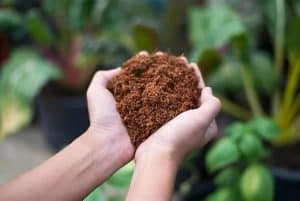
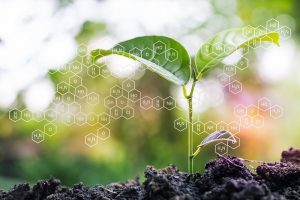

Upcoming Events
Latest Comments
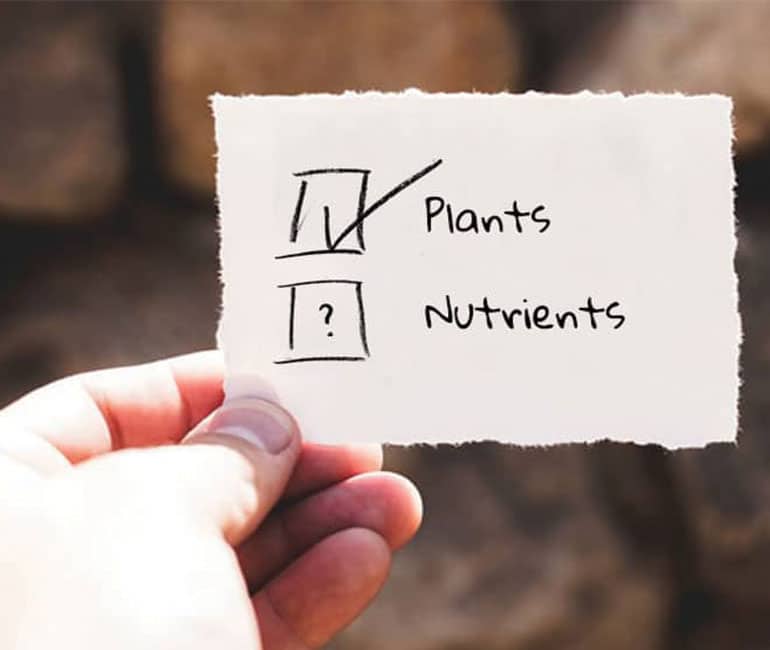

If you’re new to gardening, you are probably overwhelmed by the choices of plant nutrients. You might have questions about the nutrients you’re using. “What are base nutrients?”, “Is it mandatory to use additive nutrients?”, “How can I alter my pH?”, or “What is the best nutrient system for me?” As a more experienced grower, you just want to know what you’re buying.
Being growers ourselves, we get you. We know how hard it can be to find the right products for your growing situation. With our icon system, GreenPlanet Nutrients has made it super simple for you to figure out what you need.
GreenPlanet Nutrients includes many types of fertilizers in our lineup, including dry and liquid fertilizers. These fertilizers include base nutrients, additive nutrients and maintenance products. Whether it’s to provide a base level of nutrition, increase resin and aroma in flowers, and maintain your growing environment, each fertilizer is designed to optimize performance
GreenPlanet Nutrients has a product for you, no matter your style. We’re passionate about formulating the best, cleanest, and most highly bioavailable nutrients on the market. High quality nutes = happy and healthy plants.
You can learn about all our products by checking out our shop or reading our online nutrient booklet:
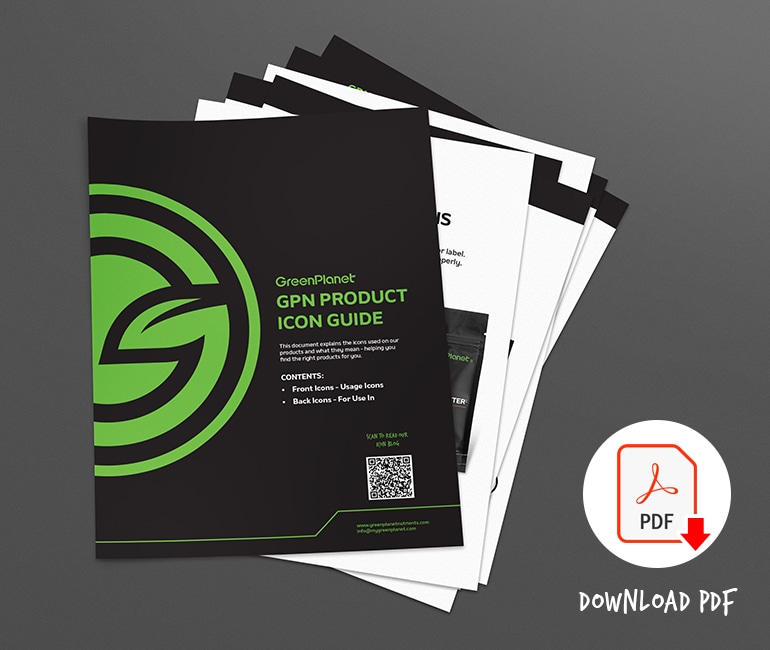
Fertilizer Type

This icon symbolizes dry fertilizer.
If you’re a “leave it and forget it” type of person, dry fertilizers are for you. Dry plant fertilizers consist of small beads or pellets that release nutrients into the soil. They also allow you to feed less often apart from watering.
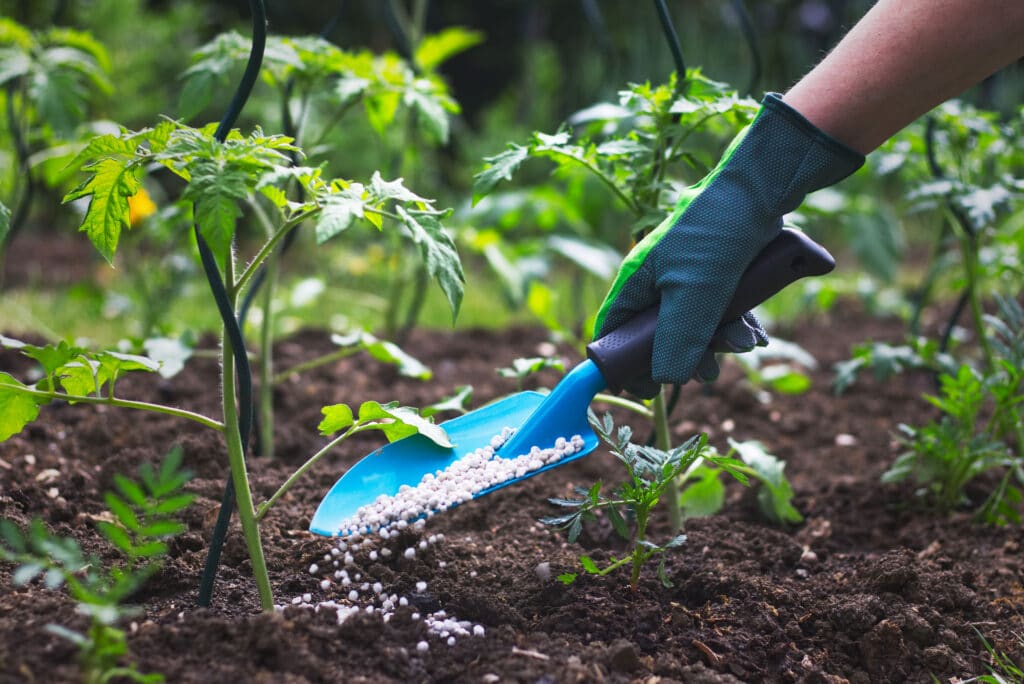
Outdoors, potted plants, flower beds, and large-scale outdoor farms are ideal growing situations for using dry fertilizer. GreenPlant Nutrients’ Dry powder fertilizers and granular fertilizers come in base nutrients such as BackCountry Blend, and additive nutrients such as Horti hortirawK.
It is important to note that dry plant nutrients can cause nutrient toxicity and burning if used too often. In some cases, it is better to use less fertilizer, as warm and wet climates will accelerate nutrient release into the soil. Follow the recommended feed program and adjust your nutes to your climate to avoid this undesirable situation!
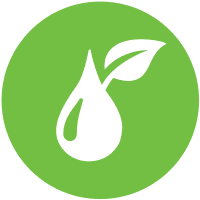
This icon symbolizes liquid fertilizer.
If you’re all about indoor growing and hydroponics, liquid fertilizers are probably your go-to type of plant nutrient.
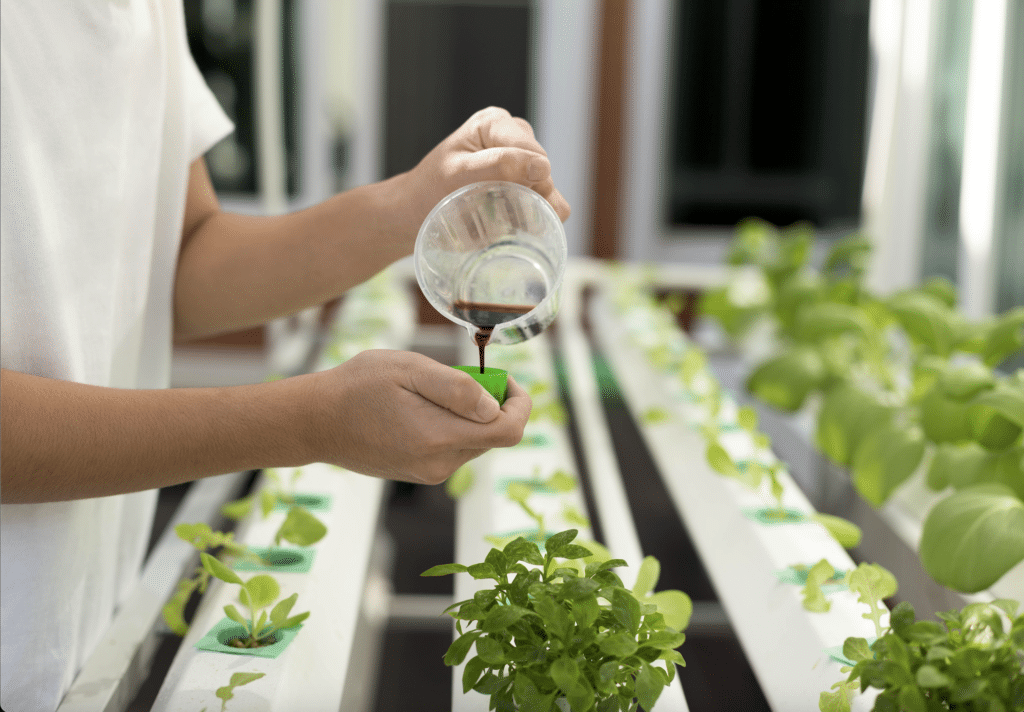
Liquid fertilizers have the most variety out of all our products, and are useful in all styles of gardening. GreenPlant Nutrients’ liquid fertilizers come in base nutrients such as GP3 and additive nutrients such as Massive Bloom Formulation.
Under no circumstances should you pour liquid nutrients directly from the bottle into your garden! Liquid nutrients are highly concentrated. Always mix your solution first.
Please check our feed programs to see how you can use our vast array of liquid plant nutrients.
Nutrient Type

This icon symbolizes base nutrient
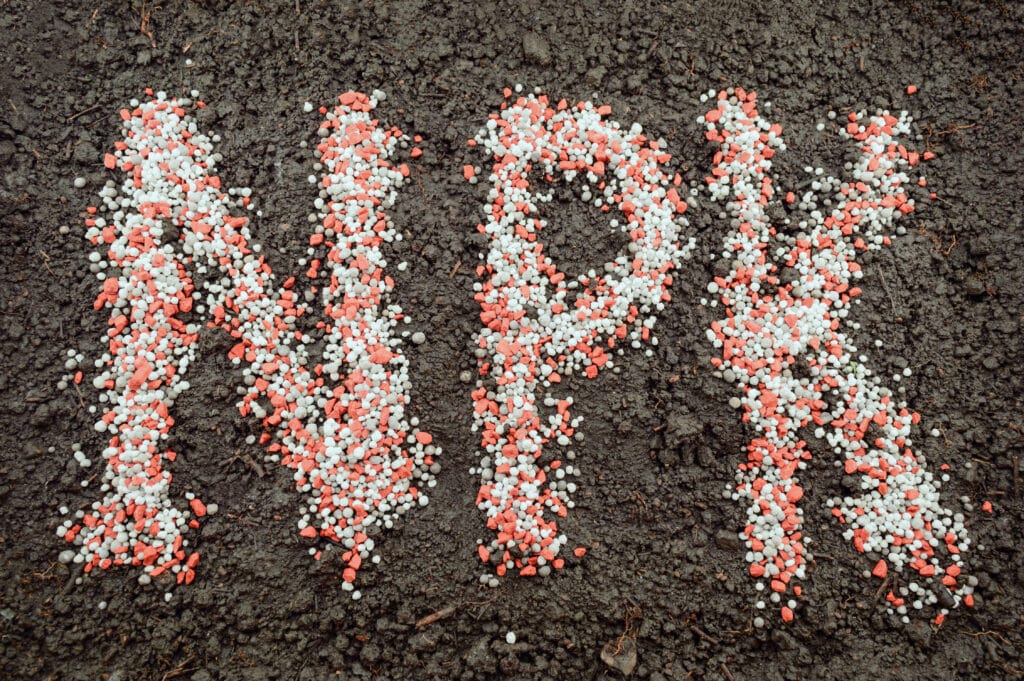
Base nutrients are the most essential type of nutrient, as they encompass the foundation of your plant’s diet. Just like your diet consists of three basic food groups, plants have three basic elements they need to survive: Nitrogen (N), Phosphorus (P) and Potassium (K).
You’ll notice “NPK numbers” on the front label of most fertilizers. Different stages of plant growth require these elements in varying amounts.
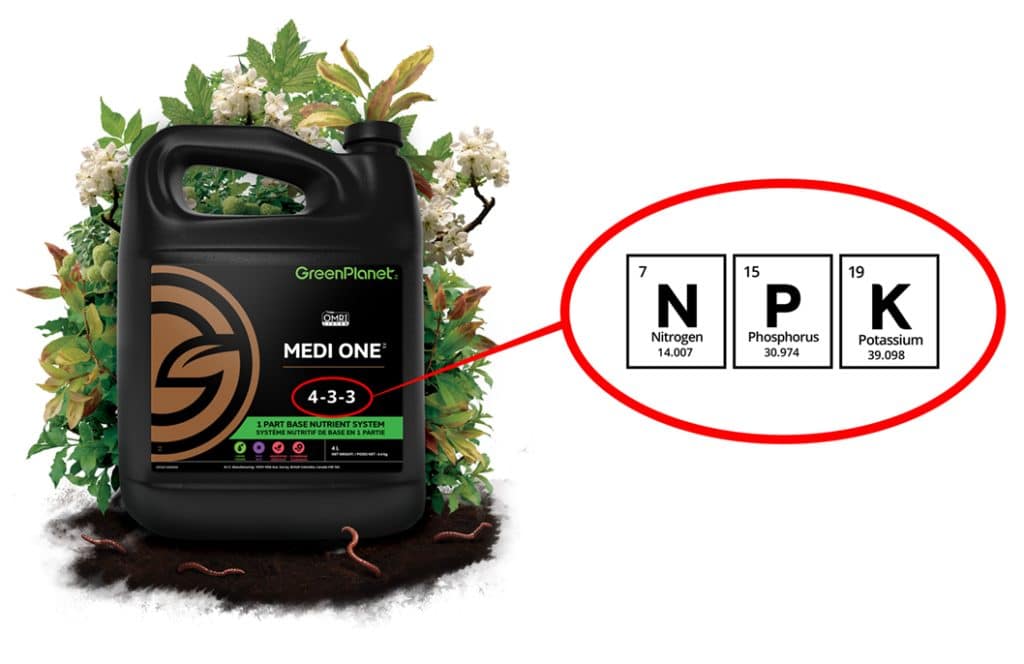
Circled in red is how we show the NPK numbers on our labels.
All in all, base nutrients are essential to plant growth, and you really can’t grow without them. As important as it is for you to eat in order to sustain yourself, your plants need to eat too. Although you can’t share a sandwich with your plants, you can give them a good base nutrient program that will supplement their growth.
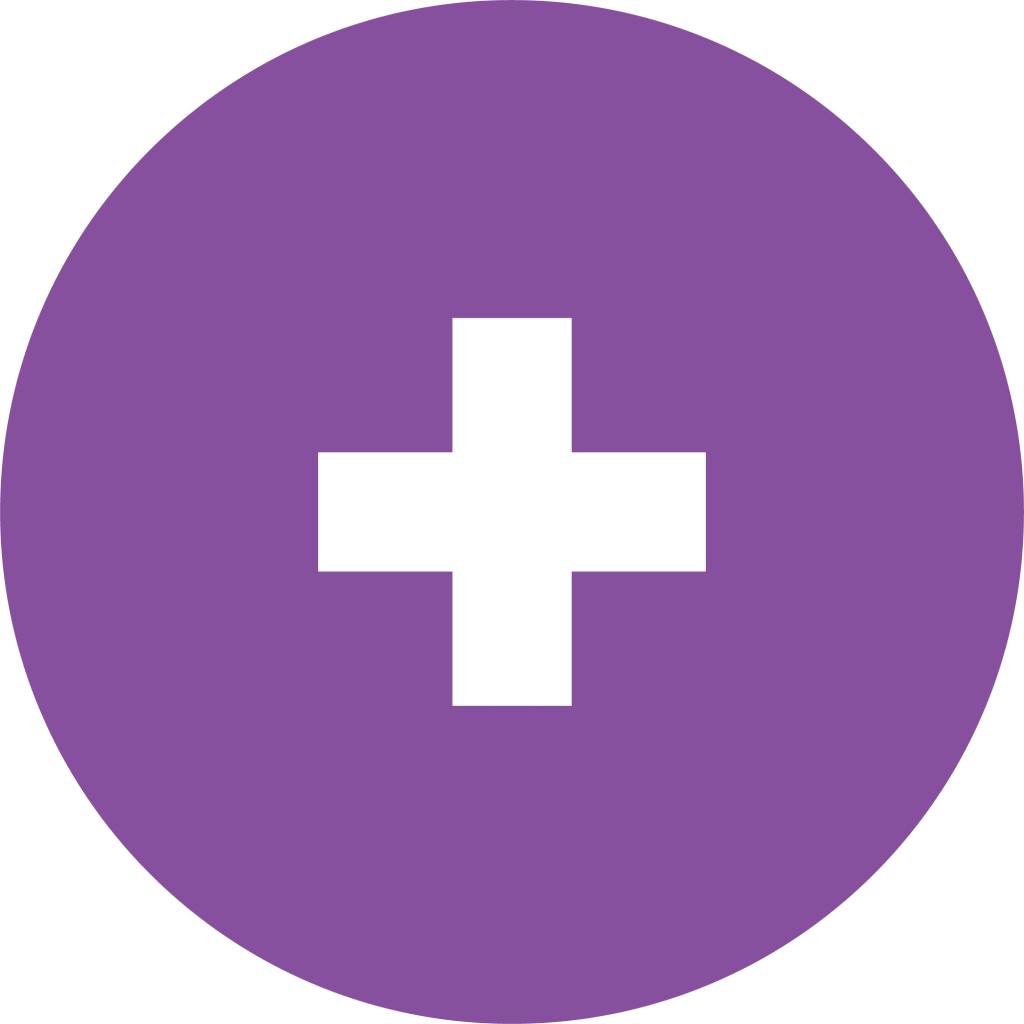
This icon symbolizes an additive nutrient.
Additive nutrients are performance boosters. They can enhance aroma, resin production, and even the size of blooms, when included in your feed program.
Some additives, like Massive, have PPM (parts per million) which is indicated by NPK numbers on the front label. To avoid overfeeding, you need to adjust your base nutrient system to keep your PPM in the ideal range.PPM can range anywhere between 100 ppm to 1350 ppm, depending on your base feed program, your style of gardening, and the stage of growth your plants are in.
That said, some additive nutrients do not have PPM. This is indicated by a lack of NPK on the front label. Rezin can be added on top of your base feed program. No need to adjust anything!
Whether you want bigger flowers or sweeter fruit, or just better vegetative growth, add some additive nutrients to your feed program. You’ll thank your plants, and they’ll thank you. Hey, maybe even your wallet will, too!

This icon symbolizes a maintenance product.
If you know someone who is high maintenance, chances are they and your plants might have a lot in common. Maintenance products maintain a certain aspect of your garden, and help you help your plants.
Things can go very wrong very fast if you don’t maintain your garden. The wrong pH, for example, can prevent ideal nutrient uptake, destroy root systems, and can even harm–or in the worst case scenario–kill your crop. For instance, if your plants prefer a higher pH, you can maintain an alkaline pH with pH Up. If you want the reverse, pH down will make your solution more acidic.
In conclusion, it is essential your plants have the right environment to grow. As refreshed as you might feel after a nice massage, your plants will also be happy after some maintenance. Maybe some music will help too. Hey, it’s science.
Like all living organisms, plants have life cycles. Their life cycles happen in three stages: seedling (or cutting), vegetative, flowering, and in some cases fruiting.
A plant’s stages of growth have different requirements. For instance, indoor gardens need different lighting and nutrients for grow and bloom cycles. GreenPlanet Nutrients formulates fertilizers tailored to two specific growth stages: vegetative and flowering.
Growth Stage
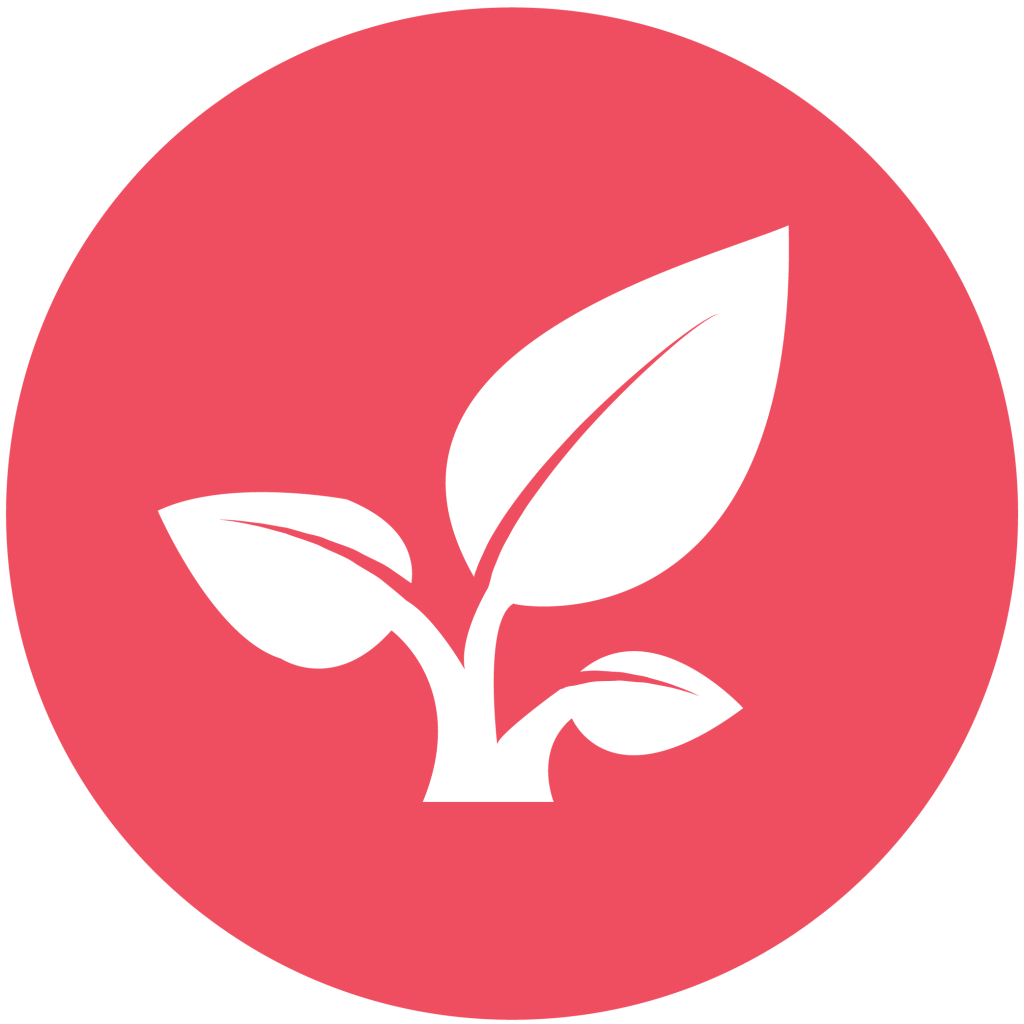
This icon indicates this product is formulated for use during the vegetative stage of growth.

The first stage of growth is the vegetative stage, which includes seedlings/cuttings and vegetative growth up to the start of pre-flower.
GreenPlanet Nutrients Hydro Fuel is our 4-Part feed program dedicated to these each growth stage. Hydro Fuel Grow is excellent at providing your plants with ideal vegetative growth! Additionally, adding Vitathrive and Root Builder to your vegetative feed program further supports plant development.
Vegetative growth builds the foundation to support flowers. Good and healthy vegetative growth is incredibly important in bloom production. Poor vegetative growth will result in smaller and fewer flowers.
In the event you’re growing to harvest leafy vegetables (or you’re growing a mother plant to use for cuttings), vegetative growth is equally important. Although vegetative plants will not bear flowers or fruits, you still want loads of growth. The larger your plant, the more you can harvest (or cut for clones!).
But, no matter what your goal is, having healthy and vigorous plant growth in the vegetative stage sets your plants up for success. The bigger your plants, the more weight they can bear. Bigger weight = bigger harvest.
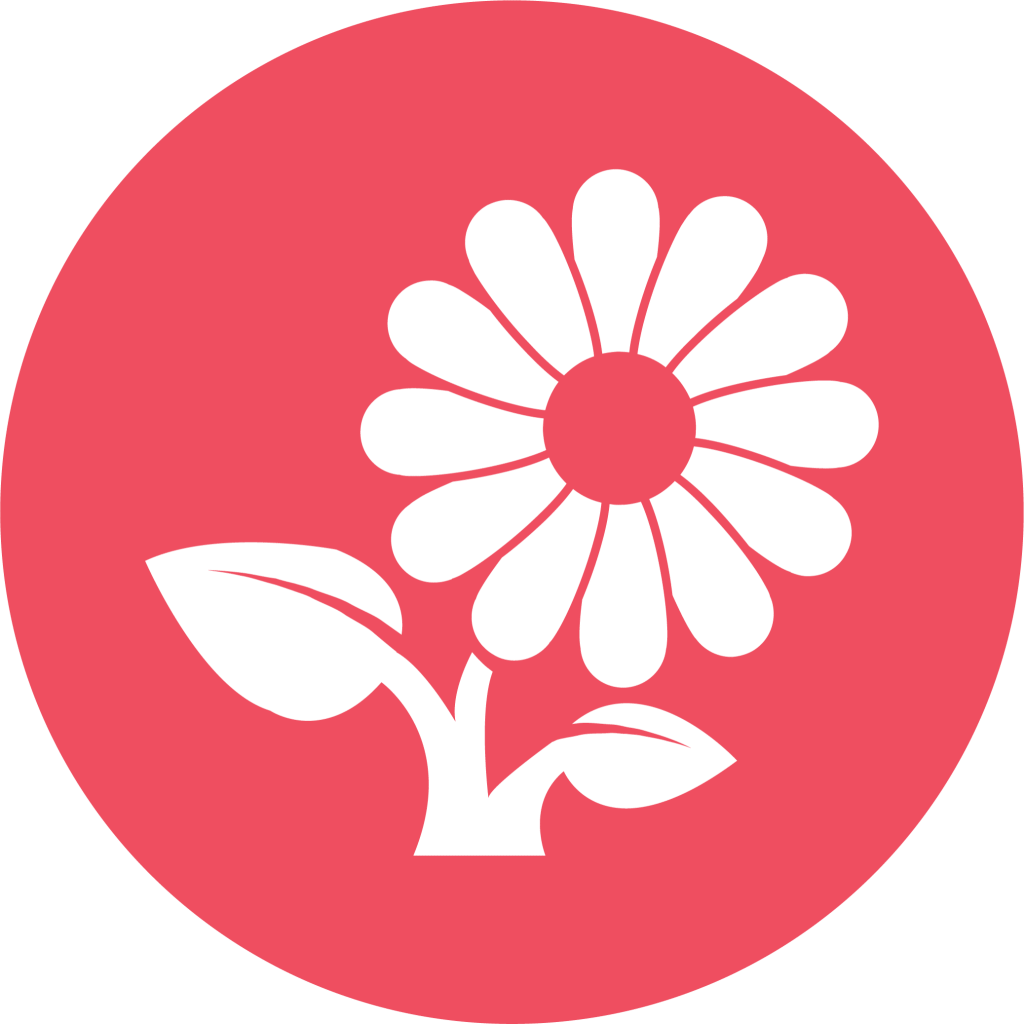
This icon indicates this product is formulated for the flowering stage of growth, including fruiting.
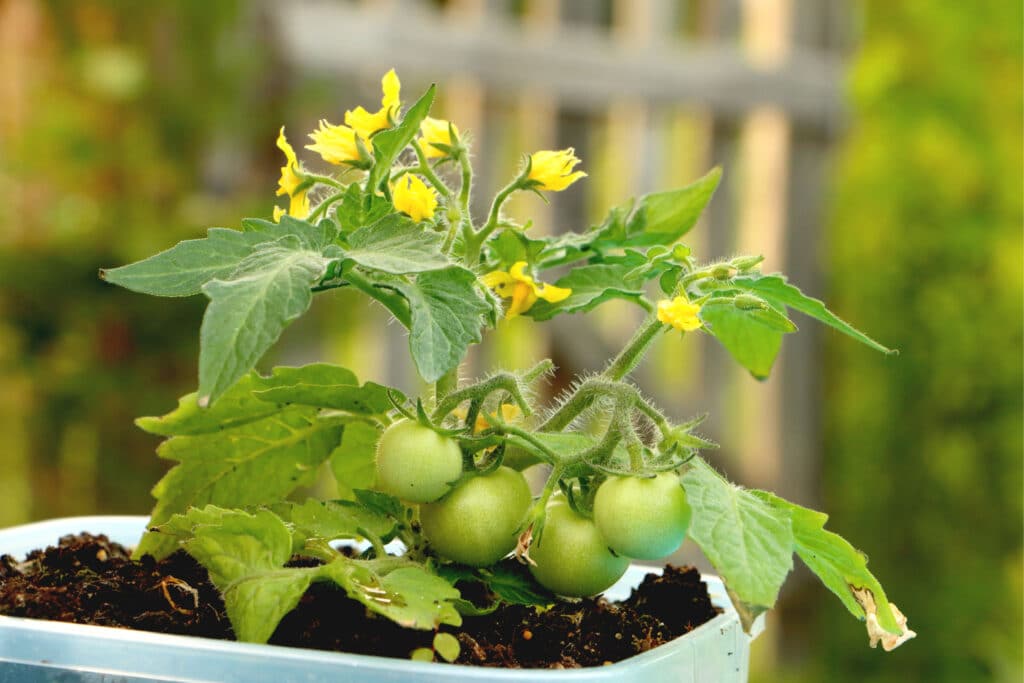
The second stage of growth is the flowering stage, which involves pre-flower, flowering, and fruiting in some plant varieties.
Flowering is the reproductive stage of growth. Plants are more concerned about reproducing and less concerned about developing their vegetation. Due to this fact, base nutrients designed for flower have lower levels of Nitrogen and higher levels of Phosphorus and Potassium, which help support bloom development. For example, Hydro Fuel Bloom is the 2nd part of our 4-part feed program, which focuses solely on flower development.
Additive products can boost bloom development even further. In particular, products like PK Spike and Horti rawK boost available phosphorus and potassium to your plants. In fact, P and K help your plants grow denser and larger flowers, so supplementing this in Bloom is often a good idea!
Another key point is if you want more resin production, there are additive nutes that do just that. For instance, you can achieve larger and more aromatic flowers, or sweeter fruits, by including products like Massive and Rezin in your feed program.
Making sure your plants receive optimum support and nutrition throughout all growth stages is crucial in achieving a great harvest. Additives which support your plants throughout every growth stage is an excellent way to accomplish this. Ocean Magic, GPF Uptake or GPH Uptake, Pro Cal and Plant Guard help support your plants throughout their whole lives. Happy, healthy plants result in great yields.
You may be wondering how to use our products, or what kind of feed program is suitable for each product. Thankfully, we have a means of indicating that.
On the back side of our labels, we have icons that show how these products can be used.
For Use In
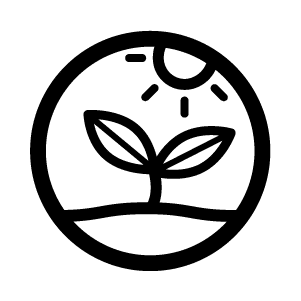
Products with this icon can be used in outdoor growing settings.
Outdoor growing is simple to define: anywhere the outdoors is used to cultivate plants. This includes horticultural farming, gardens, and greenhouses. Outdoor growing fertilizers are typically applied to the topsoil around the base of plant, mixed directly into the soil, or fed to plants via an irrigation system.
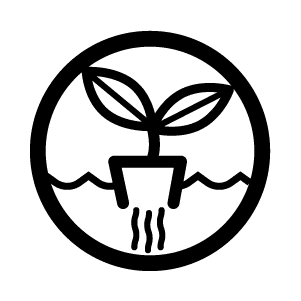
Products with this icon can be used in hydroponic systems.
Hydroponics is the practice of cultivating without the use of soil. Hydroponic systems use water enriched with nutrients, called “nutrient solution” to irrigate plants and provide a specific array of nutrients directly. Hydroponic systems foster faster growth, larger yields, and can arguably provide superior quality and shorter cultivation times. When a plant is exposed directly to water and nutrients, it does not need to use as much energy to absorb the nutrients through its roots to sustain itself, resulting in more vegetative and flowering growth. There are six main types of hydroponic growing: drip systems, nutrient film technique, water culture, deep water culture, aeroponics, and wick systems.

Products with this icon are great for use in Drain-to-waste, also known as “open” systems.
Drain-to-waste systems are characterized by irrigating plants with a nutrient solution that passes through the root system and drains as run-off “waste”. These systems are also referred to as run-to-waste or “open systems”. The most common type of drain-to-waste or “open-style” systems are the most common indoor gardening technique (and probably the first one you were ever introduced to): potted plants! Indoor potted plants are usually watered in soil or soilless mediums and the dish the pot sits on collects the run-off out of the small holes located in the bottom of the pot. More open systems include fabric pots, and bag culture irrigation systems, but the defining characteristic of open systems is that each plant is in its own “container” and receives its own individual feed of nutrient solution.
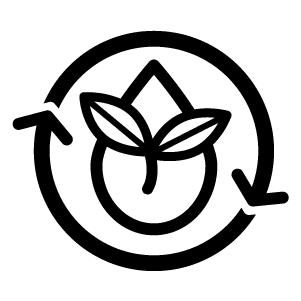
Products with this icon are great for use in Recirculating systems, also known as “closed” systems.
Recirculating systems provide plants with a constant feed of nutrients by recycling nutrient solution continuously over the root zone. Closed/recirculating systems are typically used in larger-scale grow operations to grow smaller and fast-growing vegetative plants due to their cost-effectiveness. The most common type of recirculating, or “closed” systems are nutrient film technique, or “NFT” for short, where plants are submerged in nutrient solution that is continuously pumped over the root zone via a water pump. Another common type of recirculating systems are “ebb and flow” systems, which are more versatile for larger and slower-growing plants.
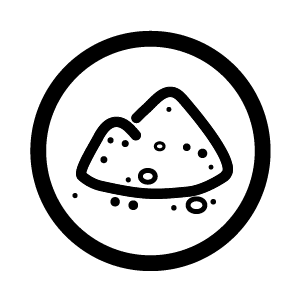
Products with this icon can be used in soil and soilless mediums.
Soil is pretty simple to define: it’s dirt. You can find it almost anywhere in your yard. Additionally, depending on where you live, it can consist of drastically different compositions of minerals, decaying plant matter, microbes, mycorrhizal fungi, and nutrients. Soil can also be purchased, typically called “black earth” or “potting soil”, where the soil is rich full of nutrients, beneficial microbes, and even manure.
Soilless mediums, however, are what we use to grow when soil is not our first choice as we want more control over the nutrients being delivered to our plants. Soilless mediums are great and cost-effective, too! Soilless mediums include perlite, coco, peat moss, sand, gravel, pebbles, rock wool, vermiculite, rice hulls, sawdust, straw, etc.
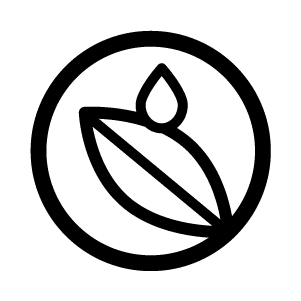
Products with this icon are suitable for foliar application.
Foliar application, or foliar feed, is when nutrients are applied directly to the leaves of the plant. The idea behind foliar feeding is that nutrients are directly absorbed into the leaves of the plant and go where they are needed faster. This style of feeding is most useful when used in conjunction with another feeding technique as it provides great supplementary nutrients to help facilitate richer foliage development.
Here are a few examples to help you with to use our icon system
Base Nutrient Example – Medi One
Medi One 1-Part Base Nutrient for the Organic Grower
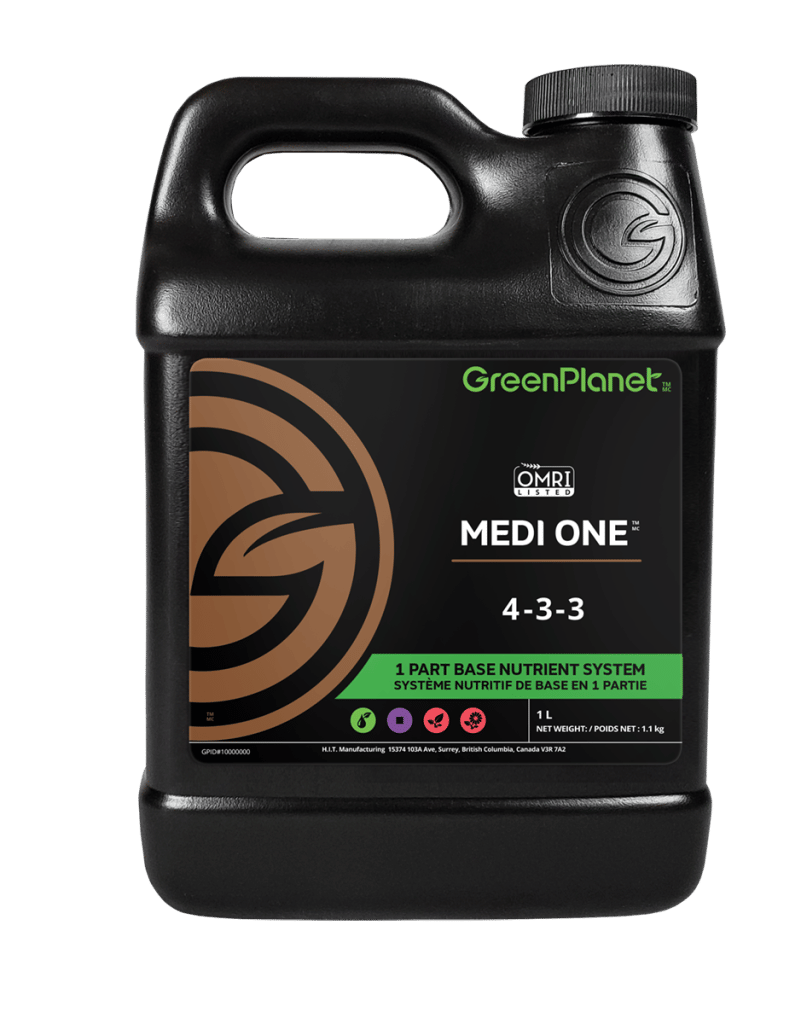

Medi One is a Liquid Fertilizer and is a Base Nutrient used throughout the Vegetative and Flowering Stages.
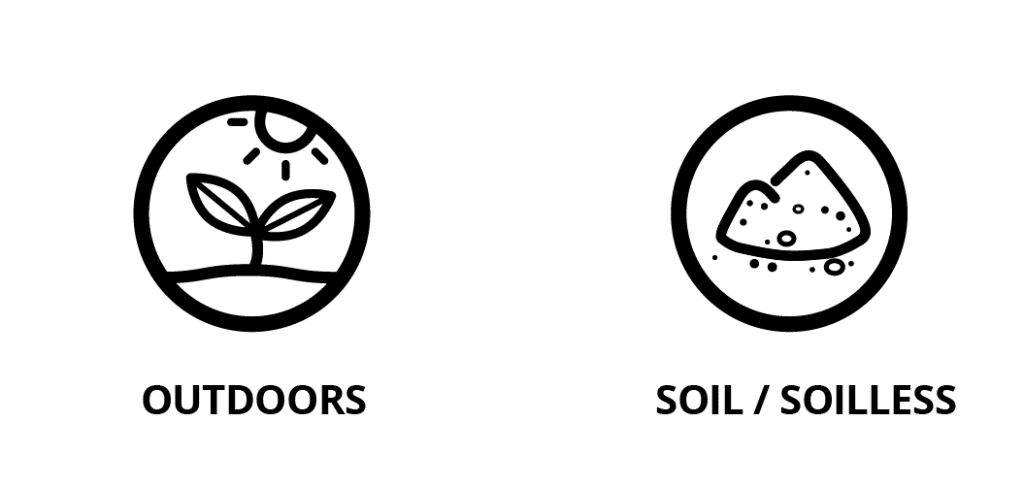
Medi One is used in Outdoor growing systems and Soil/Soilless mediums.
Additive Nutrient Example – Bud Booster
Bud Booster is a dry additive nutrient that helps promote heavy flowering.
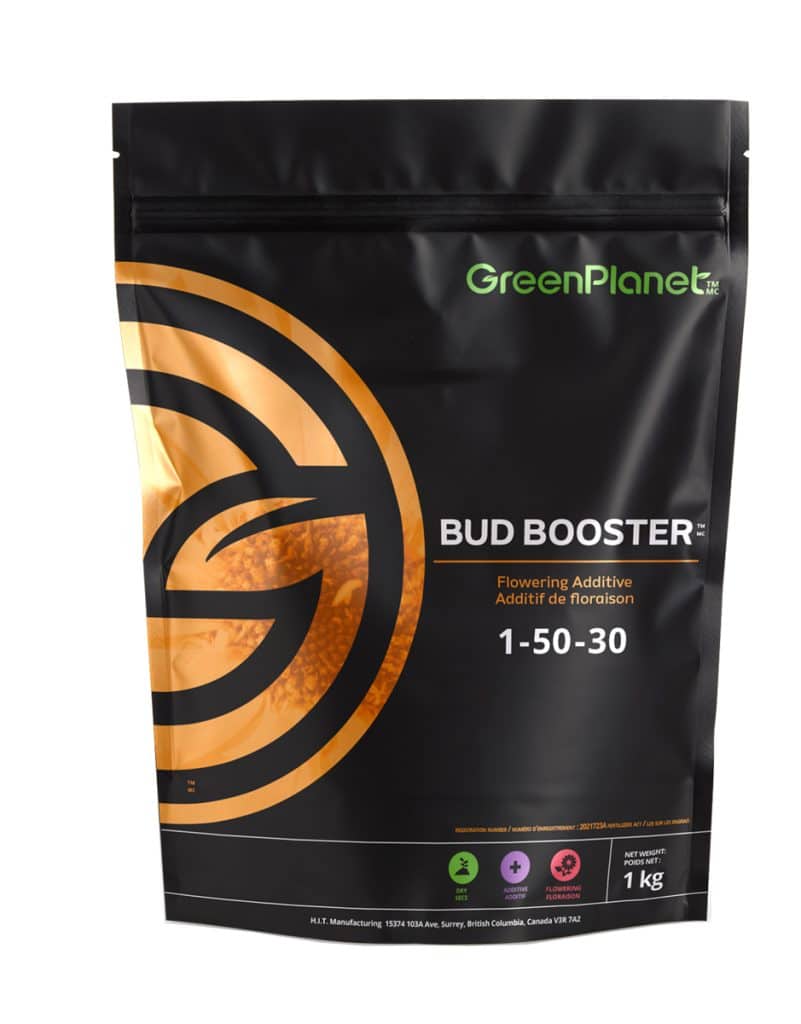

BudBooster is a Dry Fertilizer and is used as an Additive Nutrient throughout the Flowering Stage.

BudBooster is usable in Outdoors, Hydroponics, Drain to waste, recirculating, and in soil and soilless mediums.
Maintenance Product Example – pH Down
pH Down is an acid solution which decreases the pH levels of your nutrient solution.
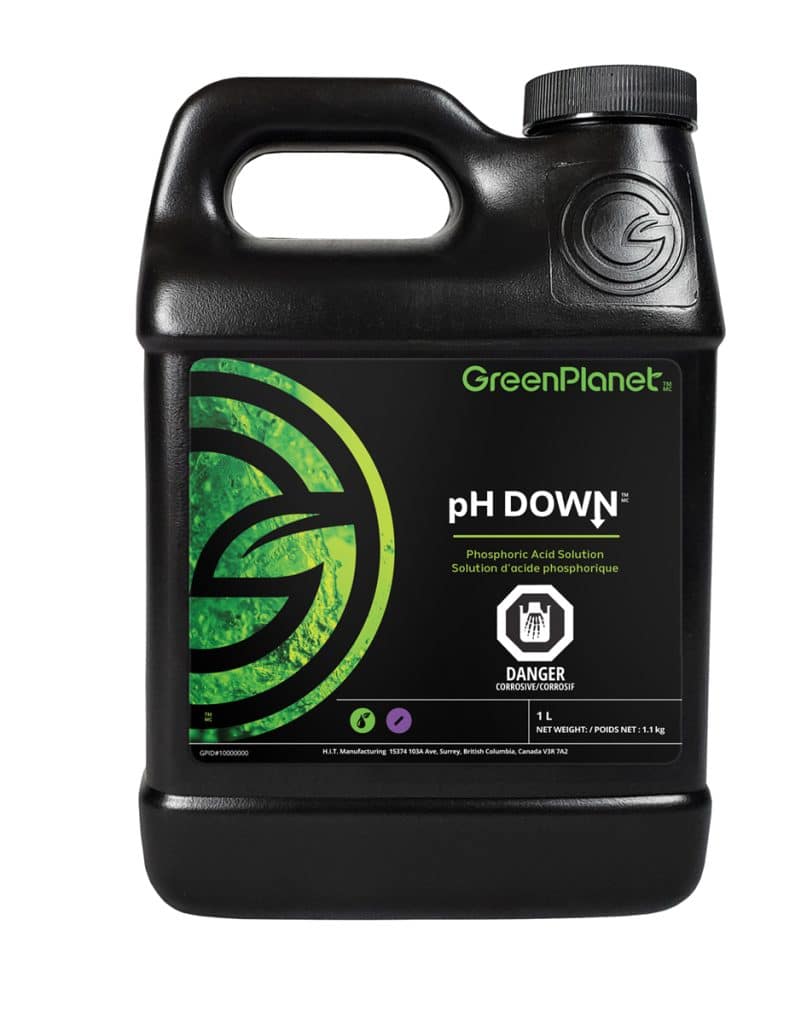
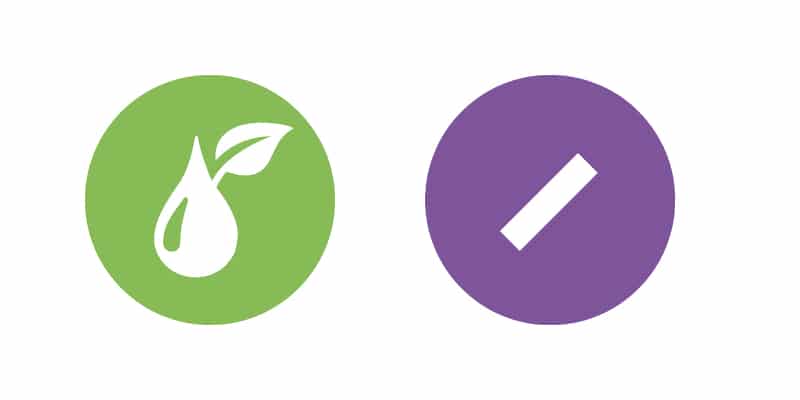
pH Down is a Liquid product and is used as a Maintenance Product.

pH Down is suitable for use in Hydroponics, drain to waste systems, recirculating systems, and in soil / soilless mediums only.
Whatever style of growing you decide, we want to help you achieve the best results possible. Our icon system aims to aid you in choosing the right product to suit your individual growing needs. If you need to figure out which feed program is right for you, take a look at our predetermined feed programs:
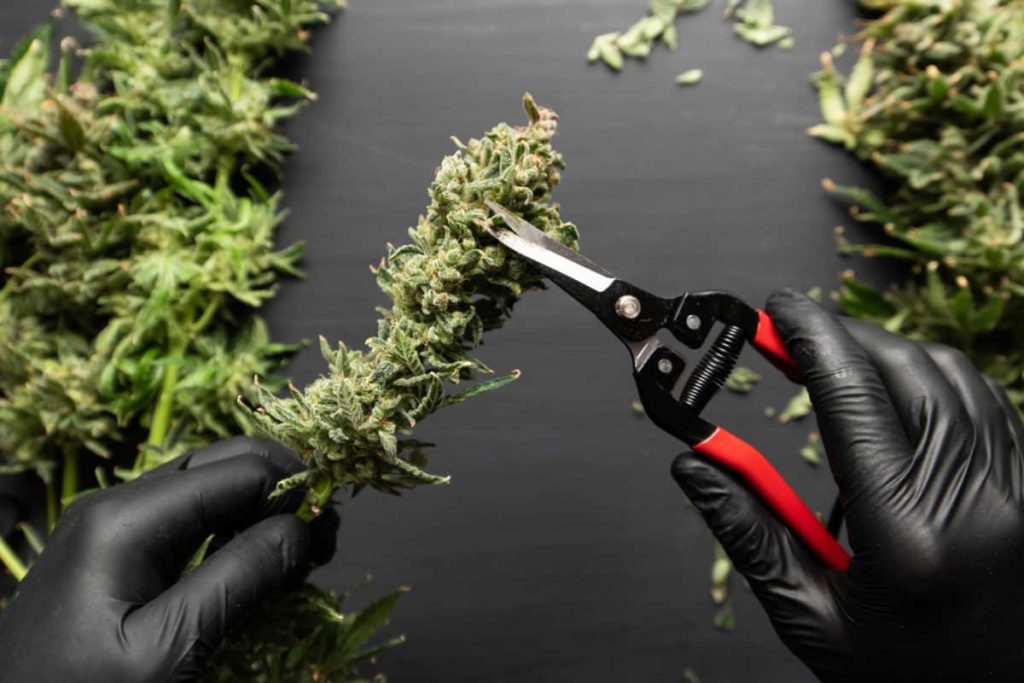
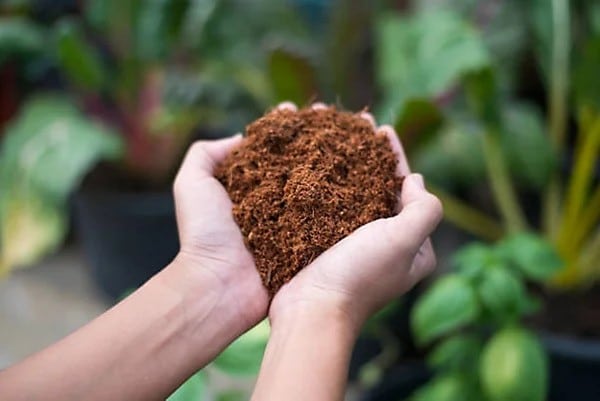
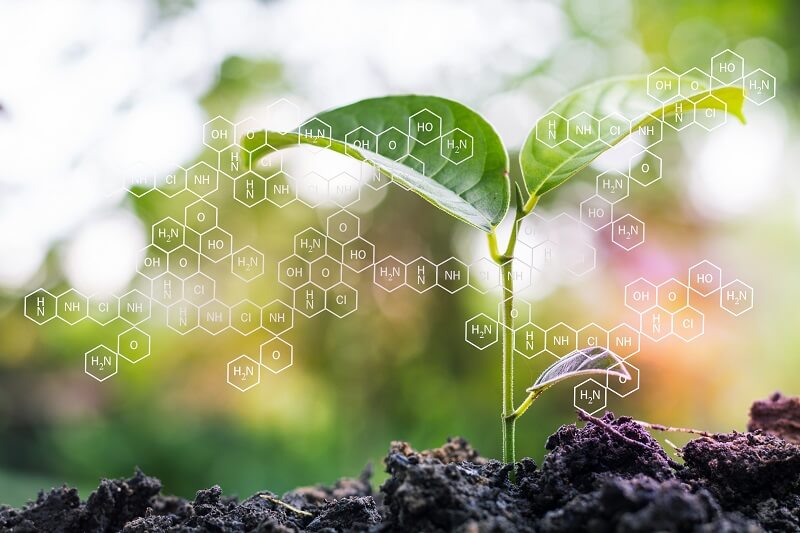
GROWERS
LEGAL
CONSUMER
ABOUT
CONNECT
NEWSLETTER
Monday: 8am – 4:30pm
Tuesday: 8am – 4:30pm
Wednesday: 8am – 4:30pm
Thursday: 8am – 4:30pm
Friday: 8am – 4:30pm
Saturday: Closed
Sunday: Closed
Week of Dec 18-22- Regular operating hours
Dec 25- Closed (Stat Holiday)
Dec 26- Closed (Non-Stat day off with pay)
Dec 27-29- Regular operating hours
Jan 1- Closed (Stat Holiday)
Jan 2-5- Regular operating hours
1 thought on “Choosing the right plant nutrients with our simple icon guide”
I have been mixing the General Hydroponic Nutrient for three or four years and was looking for something less complicated. But the more I read about your Product the more confused I get about how to proceed from start to finish of growing my plants with your products.